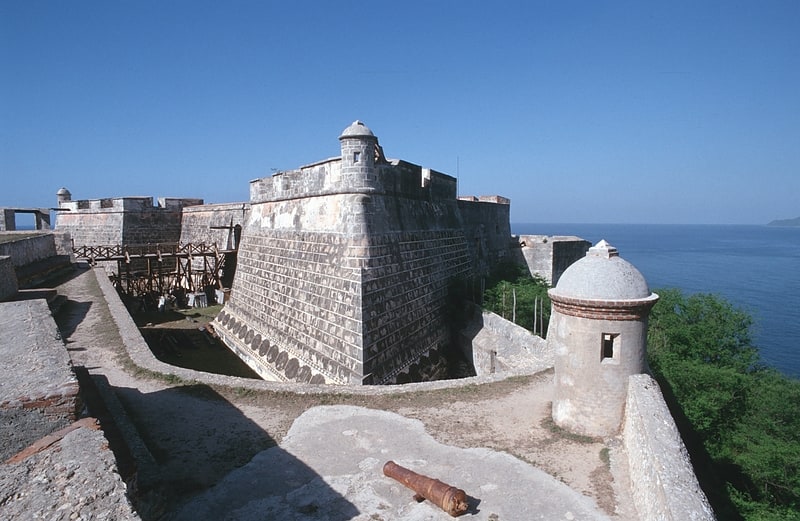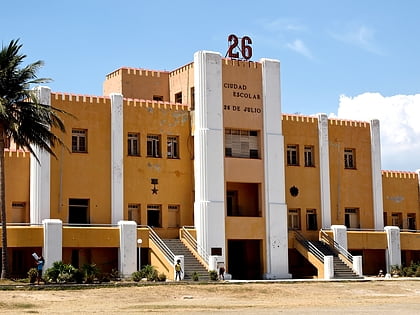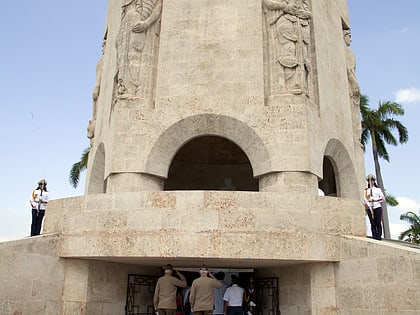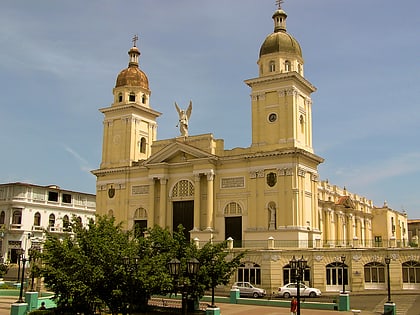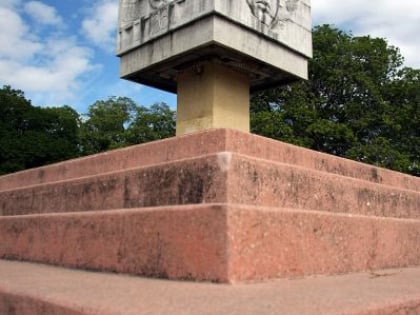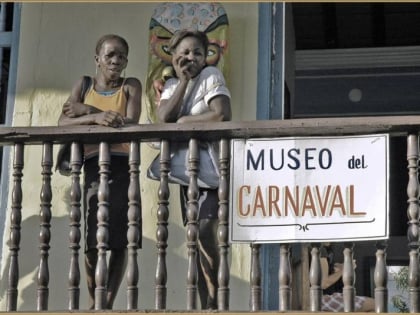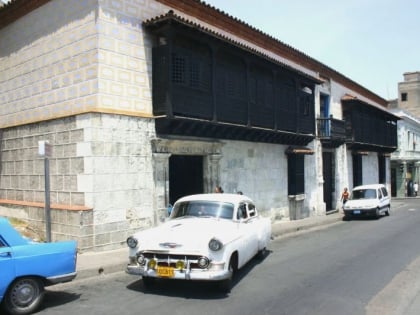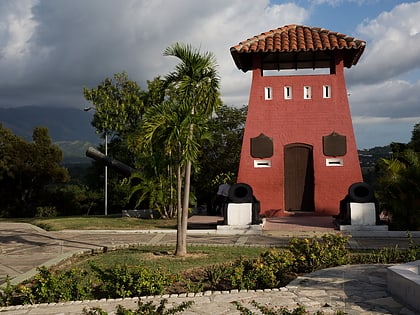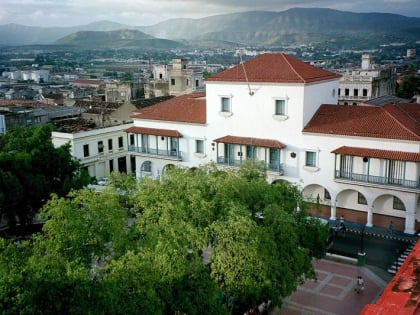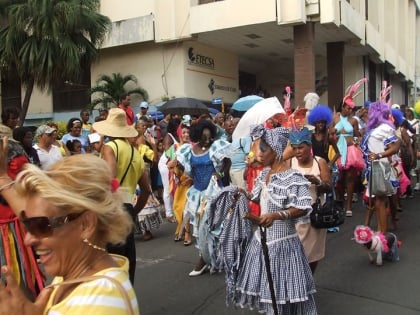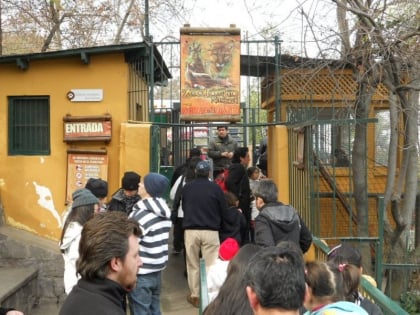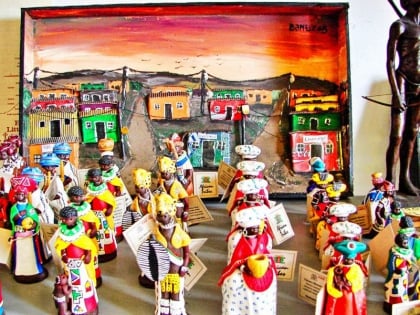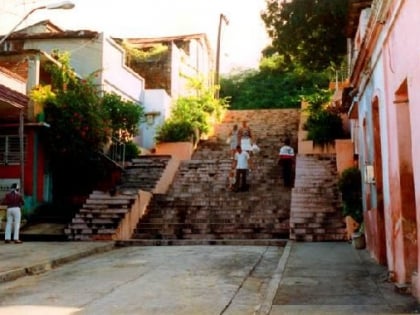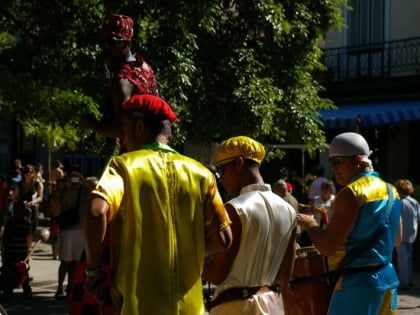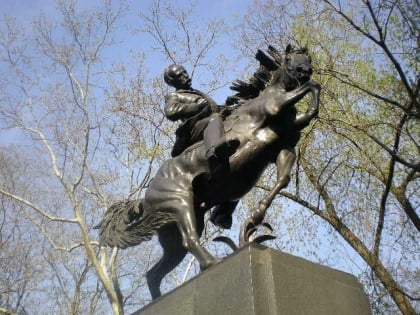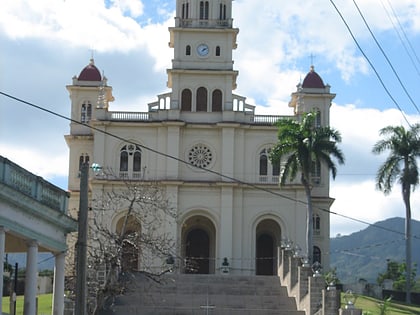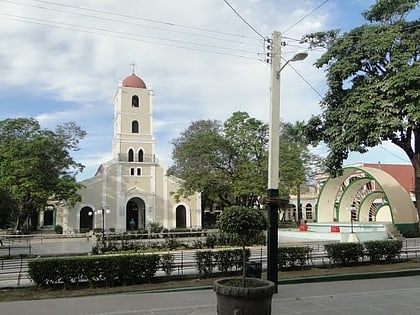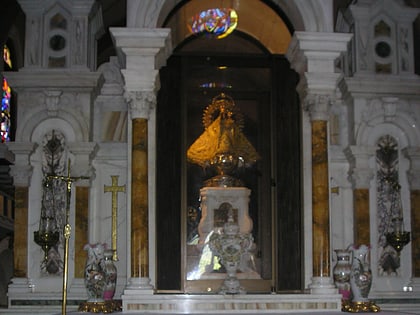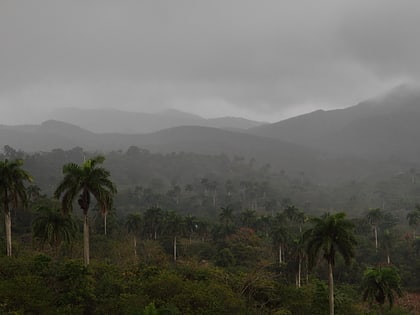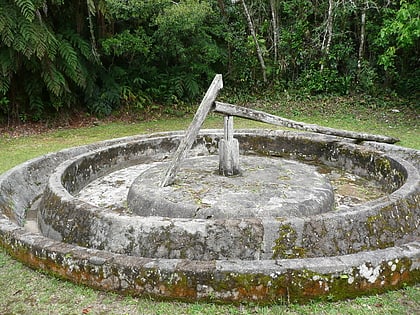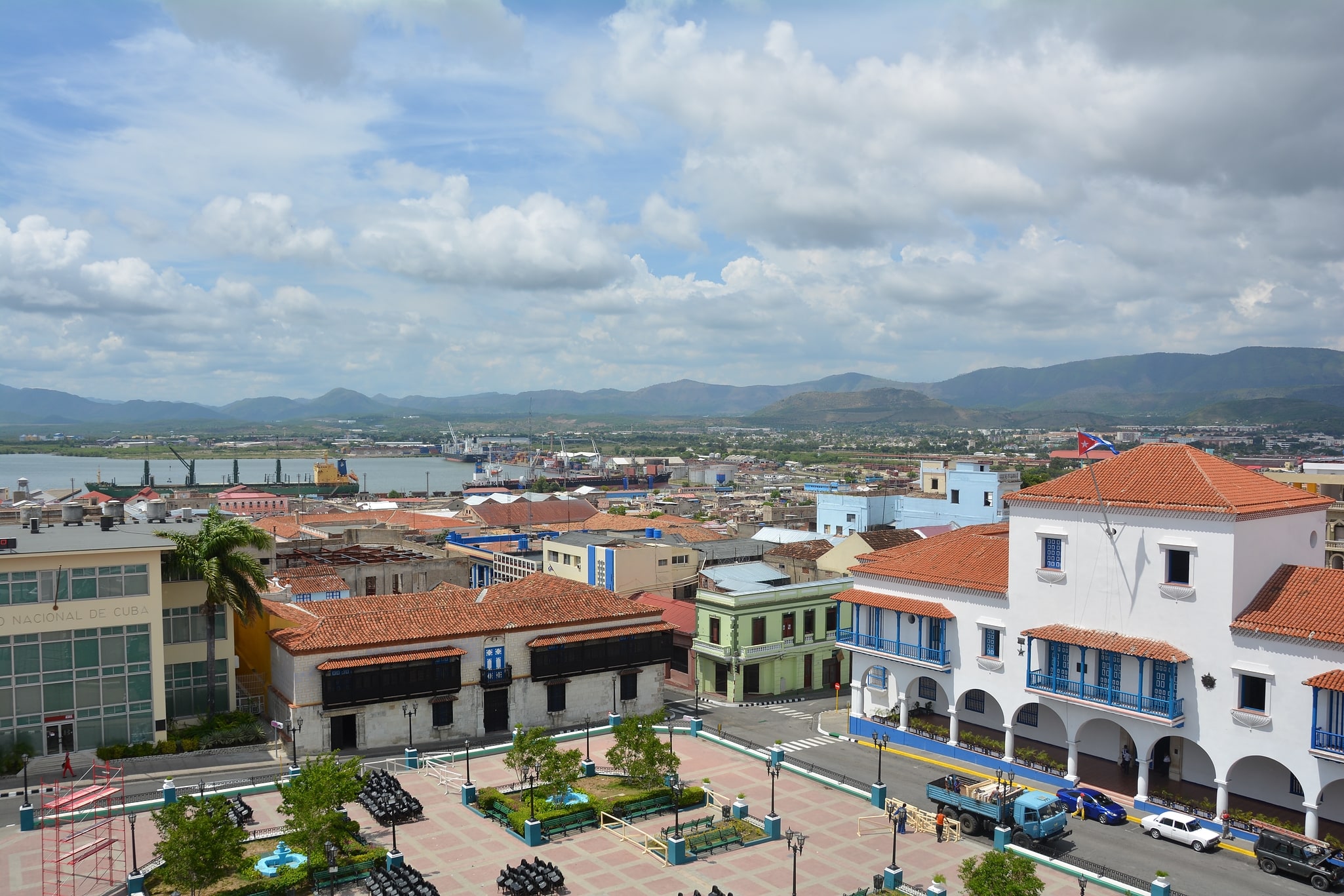
Santiago de Cuba Travel Guide
Facts and practical information
Santiago de Cuba, the second-largest city in Cuba, is a vibrant historical and cultural hub that boasts a rich tapestry of Afro-Caribbean influences, colonial architecture, and revolutionary history. Nestled against the backdrop of the Sierra Maestra mountain range and the azure waters of the Caribbean Sea, this city is a treasure trove for travelers seeking an authentic Cuban experience.
Founded by Spanish conquistadors in 1515, Santiago de Cuba has played a pivotal role in the country's history. It was the starting point of Fidel Castro's revolution, with the infamous Moncada Barracks attack, and today, the city's streets and plazas echo with stories of the past. Visitors can explore the UNESCO World Heritage Site of San Pedro de la Roca Castle, a fortress that has guarded the city's bay since the 17th century.
The city's heart beats in Parque Céspedes, a lively square surrounded by historical landmarks such as the Catedral de Nuestra Señora de la Asunción, with its impressive neoclassical facade, and the colonial-era Casa de Diego Velázquez, the oldest house in Cuba. Strolling through the city's streets, one can admire the colorful Spanish colonial buildings, many of which now house museums and galleries that showcase the island's art and history.
Santiago de Cuba is also known as the birthplace of many Cuban music genres, including son and trova, and the city's infectious rhythms can be felt in its numerous music clubs and during the annual Carnival, a spectacle of dance, music, and parades. The Festival del Caribe, also known as Fiesta del Fuego, is another cultural highlight, celebrating the city's Caribbean heritage.
Beyond the urban charm, visitors can venture to the nearby Baconao Park, a biosphere reserve with attractions ranging from a prehistoric-themed valley with life-sized dinosaur sculptures to the serene Gran Piedra, a massive boulder offering panoramic views of the region.
Culinary enthusiasts will delight in Santiago de Cuba's local cuisine, which features a blend of Spanish, African, and Caribbean flavors. Dishes such as ropa vieja, lechón asado, and the sweet concoction of coconut and pineapple known as cucurucho are not to be missed.
Santiago de Cuba Attractions - What to See and Explore
Santiago de Cuba offers many attractions and places to visit. Here are the most important ones: El Morro, Moncada Barracks, Santa Ifigenia Cemetery, Cathedral Basilica of Our Lady of the Assumption. Below you will find a complete list of places worth visiting.
Santiago de Cuba – popular in the area (distance from the center)
In the vicinity of Santiago de Cuba, it's worth seeing attractions such as: Basílica Santuario Nacional de Nuestra Señora de la Caridad del Cobre (El Cobre), St. Catherine of Ricci Cathedral (Guantánamo), Our Lady of Charity (El Cobre).
Best Time To Visit Santiago de Cuba
Learn when is the best time to travel to Santiago de Cuba weather-wise and what to expect in each season.
